|
Valentine’s Day is fast approaching, and I’m avoiding the commercialism that comes with it. While some may be rushing to buy flowers, candy, sparkling wine, or rosé to commemorate this day, I’m opening a bottle of sherry and pairing it with a shrimp and bean stew! Yes, that’s right…Sherry! Sherry is known for its aromatic, salty, and nutty profile and styles runs from dry to sweet, although the majority of sherry produced is dry. With many styles to choose from, one can find the perfect sherry to accompany any occasion. Here is a condensed description of sherry from previous articles I’ve written. Sherry is a fortified wine produced in Andalucía, located in the southwest area of Spain. With over 40,000 hectares of vineyards in Andalucía, over half of the wine produced here is in DO (denomination de origin) areas. Sherry can only be made from Palomino, Muscatel, and Pedro Ximénez white grapes. All sherry is aged for a minimum of three years and in old sherry casks using the Solera system. The Solera system is an aging process that uses new batches of sherry mixed with older ones in a tiered or pyramid structure. The bottom tier is the solera, the eldest sherry, which never entirely leaves the system. The rows above contain the younger sherries (criadera). Once a portion of the wine is extracted from the solera, it is replaced with the same amount of wine from the first criadera and so on, creating a unique complexity and personality in the wine. Because sherry is a blend of different vintages, it is impossible to give an exact age of a wine aged in a solera. So it is possible to drink a sherry containing anywhere from 3 to 100 vintages! Styles of Sherry Fino de Jerez is the youngest (usually 3-5 years old) and the driest of sherries. The wine ages under a layer of flor (yeast). This layer of flor protects the wine from being oxidized and consumes all the sugar in the wine, creating a dry sherry. Fino only comes from Jerez and El Puerto de Santa Maria. Manzanilla is another dry sherry that is just like Fino, except that Manzanilla comes only from the coastal town of Sanlúcar. Both Fino and Manzanilla have more wine salinity than the other styles. They will complement fish and shellfish. Amontillado is an aged Fino or Manzanilla. Once the layer of flor fades, the wine begins to oxidize and takes on a new character. It can be fortified up to 18%. The color is darker and less briny but nuttier and richer on the palate. These wines pair well with white meat and game. Palo Cortado is an interesting sherry that begins as a Fino or Manzanilla, but for no known reason, it unexpectedly loses its layer of flor too soon. Once the flor dies, the wine takes on oxygen and requires further fortification. In other words, it does “its own thing”. This wine has richness and is crisp as well. Oloroso (‘scented’ in Spanish) intentionally never develops flor. Aging through oxidation for up to 40+ years produces a full-bodied, aromatic, dark, and rich wine. Oloroso contains the most amount of alcohol in sherry with levels of 18% to 20%. This is an excellent wine for hearty entrees, meats and stews. Pedro Ximenez (PX) is an intensely sweet wine and the sweetest sherry. The grapes are dried in the sun, allowing the juices to concentrate before pressing. This is a rich wine that oozes raisins, nuts, and fig. Cream Sherry is usually a blend of Oloroso, PX, or Moscatel but can come in a various styles. This is semi-sweet wine is aromatic and dark in color with classic notes of nuts and caramel. La Gitana Manzanilla Sherry Bodegas HIDALGO LA GITANA located in Sanlúcar de Barrameda, was founded in 1792 by Don José Pantaleón Hidalgo when he bought a small storage warehouse from Don Roque Vejarano and renovated it into a winery. Since then, the business has passed from father to son through the generations. During the 19th century, the company became one of the world’s most important producers of Manzanilla. The winery’s name refers to its flagship product, "Manzanilla LA GITANA,” and it is the most popular Manzanilla in both the national and international markets. The winery uses grapes from its own vineyards in the Balbaina and Miraflores estates, which is considered the most respected and best in the area. They grow three grape varieties: Palomino, Pedro Ximénez, and Moscatel. And three-quarters of the winery’s production is Manzanilla wine. The grape for this wine is Palomino fino. Nose: Granny apples, nutty, floral, and a hint of lemon. Palate: Dry and crisp with almonds, apples, and a touch of yeast. I love the salinity and tanginess! Alcohol: 15% Pairing suggestions: Enjoy as an aperitif or with seafood, sushi, smoked salmon, white meat, or salads. I paired this sherry with a shrimp, white bean, orzo, and arugula stew. Shake up your Valentine’s Day with something different and delicious!
Until next time… Cheers! Penina To leave a comment or if you have an inquiry, please contact me at [email protected] Last month I was invited to a Mediterranean Aperitivo Hour, which I could not attend. Several weeks later, a package arrived with most of the delicious treats from the event! It contained Vermouth Di Torino PGI (Protected Geographical Indication), two kinds of PDO (Protected Designation of Origin) Italian cheese, and an assortment of olives from Greece. Vermouth is a lightly fortified wine infused with aromatic botanicals such as herbs, spices, fruit, and sometimes vegetables. It is produced worldwide, and each producer has a unique recipe, which is kept a closely guarded secret! The styles of vermouth range from dry to extra dry and sweet. The colors can be white, red, amber, or rosé. According to the European Union, the product must be 75% wine to be considered vermouth. Vermouth is quite versatile, and depending on the style, it an be enjoyed as an aperitivo, served over ice, with a dash of soda, added to a cocktail recipe, or used in cooking. Vermouth Di Torino PGI Vermouth Di Torino PGI is considered one of Italy’s most famous aromatized wines. It is a specific style of vermouth. The key ingredients are the herbs belonging to the genus Artemisia (wormwood) and must be grown, harvested, and produced in Piedmont. And only specific Italian grape varieties are permissible. Torino is located at the foothills of the Alps, and the terroir is conducive to growing grapes and botanicals. Vermouth has been produced here for over 300 years. According to the Vermouth di Torino Consortium, this vermouth must be bottled between 16% and 22% abv. Depending on whether the vermouth is dry, extra dry or sweet, specific sugar levels apply. An extensive range of aromas and flavors exist contigent on the color and sweetness level. Pecorino Toscano PDO In 1996, Pecorino Toscano gained DOP (protected designation of origin) status, finally making the name official. In order to use the name Pecorino Toscano, DOP, producers must follow a specific recipe and aging procedures. The PDO seal ensures that the cheese has been made in strictly designated areas, using only local sheep whole milk from Tuscany and some neighboring municipalities in the Viterbo, Perugia, and Terni provinces in the regions of Umbria and Lazio. Producers must comply with traditional artisanal production techniques. The aging of the cheese ranges from 20 days (a soft cheese) to four months or longer (a semi-hard cheese.) Pecorino Toscano DOP is a soft cheese aged for four months. It is buttery with nuts, lemon, and sweet and savory notes. It is delicious alone or as part of a charcuterie, or in salads. Pecorino Toscano DOP Stagionato is a semi-hard cheese aged for four months. The texture is firm with a sharp and zesty flavor and very nutty. It is excellent in salads, pasta dishes, or added to a cheese board. Greek Olives Olive production in Greece has been a tradition for centuries and is an integral part of Greece’s culture and culinary traditions on the Mediterranean coast. Today, there are about 150 million olive trees, 2,800 olive mills, and 600,000 olive farmers in Greece! Impressive, right? Olives are cultivated throughout the country and exported to over 100 countries worldwide. I couldn’t identify the types of olives sent to me, but they are all quite good! Here are two vermouth cocktail recipes to enjoy with the cheese and olives. It’s a great starter or ender at holiday time! Americana courtesy of Cinzano Add fresh ice to a rock glass and pour these ingredients over it. 1 oz. Cinzano Vermouth Rosso/1757 Vermouth di Torino G.I. Rosso 1 oz. Campari A splash of soda Stir and complete with a slice of orange and lemon zest. Vermouth Spritz 1.5 oz of Vermouth Bianco
3 oz of tonic water Use a white wine glass and pour the ingredients over ice. Garnish with an herb sprig or slice of fruit. Until next time… Cheers! Penny To leave a comment or if you have an inquiry, please contact me at [email protected] This story was originally published on Santé Magazine. In its simplest terms, fortified wine is a wine in which a distilled spirit is added. It can be enjoyed neat, as an aperitif, digestif, or added to cocktails. A wide range of fortified wines is produced around the world. Some of the more well-known are Port, Sherry, Marsala, Madeira, and Moscatel de Setúbal. Vermouth is also a fortified wine that falls into the sub-category of aromatized wines. Aromatized wines are flavored with spices, herbs, or natural flavorings. Fortified wines are available in many styles ranging from dry to sweet. And each style tends to have specific rules and regulations set by the country, region, or appellation it comes from. Specifications might include types of base wine allowed, aging minimums and styles, and what spirits are permissible. I recently received two bottles of Pineau des Charente that drink beautifully on their own or as an added dimension to creative cocktails. Pineau des Charente is exclusively produced in the Charente, Charente-Maritime, and Dordogne départments of France’s Cognac region. According to Comité National du Pineau des Charentes, Pineau is made with fresh grape juice must from the current year’s vintage and Cognac eau-de-vie – Cognac distilled for at least one year. Eau-de-vie translates to “water of life” in French. This blend is then aged in French oak barrels. If the wine is aged for five years, then the Pineau earns the designation of vieux (old), and if aged for ten years, it will receive the title of tres vieux (very old). Pineau is produced in white, rosé, and red styles, with an alcohol content that ranges from 16-22%. White Pineau is usually made from the traditional Cognac grapes, Ugni Blanc, Colombard, and Folle Blanche. It is aged for at least 18 months, including 12 months in French oak barrels. Red and Rosé Pineau are made from Cabernet Sauvignon, Cabernet Franc, and Merlot, and aged for 12 months, eight months in French oak barrels. Vallein Tercinier Pineau des Charentes This family has been producing Cognac for five generations, dating back to 1850. Recipes have been handed down from one generation to the next with “the focus on creating the most pleasurable experience in the glass.” The grape juice must for this wine is 75% Ugni Blanc and 25% Montils, and the blend is aged for three years in French oak barrels. A lovely golden color opens to aromas of citrus, sweet fruit, and dried raisins. This smooth wine fills the palate with soft fruit, citrus, honeysuckle, and a long finish of almonds and candied lemon. Alcohol: 17.5% SRP: $28 Château De Beaulon White Pineau des Charentes Château De Beaulon is a family-owned estate dating back to 1712. As it states on the back of the bottle, “Château De Beaulon Pineau is produced today as it has been for generations. Faithful to the oldest family traditions passed on through the centuries.” The grape juice must is made from Semillion and Sauvignon Blanc. This fortified wine is gently matured in French oak barrels for five years, giving it the classification vieux (old). The color is soft amber with heady aromas of floral notes, apricot, and mandarin. It is fresh and smooth, with vanilla notes, dried fruit, honey, and nuts on the palate. Alcohol: 18% SRP: $20 I love drinking Pineau neat, but I am looking forward to making Pineau des Charentes’ Signature cocktail recipes created by some very talented bartenders. You can find the recipes at https://pineauacademy.com
These fortified wines are intense, elegant, and made with love. They are gently sweet, allowing the palate to enjoy all of its nuances, including acidity and subtle oxidation. They are complex but so easy to drink! Until next time… Cheers! Penina To leave a comment or if you have an inquiry, please contact me at [email protected] Over the last few years, I have compiled an extensive list of dessert wines, after dinner sips and “cozy up to the fire” drinks. With 2020 taking its final bow, I thought it might be fun to recap a few pours I’ve reviewed in addition to introducing the latest entry on my list, Boulard Calvados VSOP. Simply put, Calvados is a brandy made from distilled fermented apple (or sometimes pear) cider. It is then aged in oak casks for a determined period. Production methods vary and strict rules may apply depending on the appellation and classification. Calvados is exclusively made in Normandy, France where some of Europe’s best apple and pear orchards abound. There are three main production zones, each with its own unique characteristics: Calvados Domfrontais, Calvados and Calvados Pays d’Auge. Pierre-August Boulard founded Maison Boulard in the late1820s and it is still owned by a fifth-generation descendant, Vincent Boulard. They have 150 acres of orchards and 35,000 apple trees in the Pays d’Auge, which is designated as the source for the finest apples in Normandy. Over 120 apple varieties from the 800 varieties grown in the Boulard orchards are selected for the production of Calvados Boulard. AOC Calvados Pays d’Auge maintains the highest quality source for fruit and production methods. Double-distillation is allowed in each region, but only Pays d’Auge is required to double-distill in a Charentais pot still (constructed from copper), the same type of still used for Cognac. Cider must be fermented a minimum of six weeks, and once distilled, aged a minimum of two years in oak casks. Boulard Calvados Pays d’Auge VSOP The cider for Boulard Calvados is double distilled in copper pot stills and then aged in seasoned oak casks for at least four years. Their VSOP is the culmination of blending different Calvados Pays d’Auge from four to ten years old. Once blended, this VSOP stays in casks for enough time to obtain a characteristic smoothness. The color is golden amber with heady aromas of tart apples, vanilla, spiced oak and slight astringency. Notes of cider, baked apples, vanilla, a touch of baking spice, nuts, and a hint of ginger lingers on the finish. This brandy is smooth and has a rich quality to it. Drink neat, over ice, or mix in a cocktail. Alcohol: 40%, 80 proof SRP: 200ml $14.99/750ml $45.99 Capezzana Vin Santo Riserva DOC 2011 This is a blend of 90% Trebbiano and 10% San Colombano. The grapes are dried through natural methods on cane matting from harvest through to the following February and then vinified in traditional small chestnut, maple and cherry casks. The wine is aged for five years and in bottle for a minimum of 3 months. Heady aromas of perfume, almonds and candied fruit spill onto the palate with added notes of fig, spice and orange zest. This is a sweet and decadent wine that pairs well with desserts and aged cheeses. Alcohol: 14.5% SRP: $55 Donnafugata Ben Ryé 2015 Passito de Pantelleria DOC This is a naturally sweet wine made with 100% Zibibbo grapes sourced from vineyards on Pantelleria Island off the coast of Sicily. The color is intense amber with seductive aromas of apricots, figs, raisins, floral and honey. All the aromas segue onto the palate offering a beautifully balanced wine with mineral notes and a hint of herbs. The combination of gentle sweetness and savory is perfection! This wine drinks beautifully as an aperitif or pair with cheese and dessert! Alcohol: 14.5% SRP: $40 for a 375ml bottle Camus Borderies X0 This is a single-estate Extra Old Cognac, aged in oak a minimum of 6.5 years. It is handcrafted from grape to bottle and produced in limited quantities. The grapes are harvested from the most prized vines in the Domaines Camus estate. This Cognac was first introduced in 2000. It is intensely aromatic with notes of violets, sherry and almonds that segue onto the palate. Hints of caramel, dried fruit and vanilla linger on the finish. The XO is rich, silky and truly decadent! When paired with dark chocolate, it is a sexy dance in the mouth! Cellar Master: Patrick Léger Alcohol: 40% SRP: $170 González Byass Nectar Dulce Pedro Ximénez DO Jerez Xérés Pedro Ximénez (PX) is an intensely sweet wine and is the sweetest of the sherry styles. The grapes are dried in the sun allowing the juices to concentrate before pressing. This is a rich wine that oozes raisins, nuts and fig. This sherry is 100% Pedro Ximénez. The wine is fortified to 15% alcohol and then enters the Nectar solera. It is followed by an average of eight years of aging in American oak casks. This dark brown colored sherry emanates intoxicating aromas of raisins, prune, fig and honey. The palate is rich and unctuous, with raisins, baking spice, and toasted notes of caramel, toffee and espresso. A long finish is accompanied by a hint of nuts. Enjoy it chilled as a dessert wine on its own or poured over ice cream or berries. Heavenly! Alcohol: 15% SRP: $25 Warre’s Otima 10 This is a ten-year-old tawny Port. It is a blend of traditional Portuguese grape varieties from the Douro Valley. The wine is matured for ten years in seasoned oak casks. It is between a ruby and amber color with delicate aromas of caramel, dried fruit and wood. The palate offers a nice balance of fruit and almonds with toffee, honey, toast and spice notes. This Port is smooth, beautifully balanced and full-bodied. Alcohol: 20% SRP: $26 Bottega SpA Gianduia Chocolate Cream Liqueur Gianduia chocolate was created in Piedmont, Italy, in 1806 and is noted for its unique bouquet of cocoa and nuts. This liqueur is made with Bottega’s premium Alexander grappa from the Veneto region and Gianduia Chocolate. Grappa is mixed with milk cream (sourced from Alpine cows that only eat grass) that is homogenized and filtered to remove the fats. It is then mixed with sugar, chocolate and hazelnut paste. Delicious aromas of cocoa and nuts segue onto the palate for a creamy and most inviting experience. Rich hazelnut flavors and cocoa contribute to this decadent liqueur that is best served cold. Drink it neat or poured over ice. It is also divine served over ice cream, with fruit, in a cocktail, or in your coffee. Alcohol: 17% SRP: $24.99 Disaronno Velvet Cream Liqueur Disaronno is a liqueur made in Italy. It has a very distinct aroma and delicious flavors of almonds called Armelline (the seeds of apricot stone), sweet fruit, Madagascar vanilla and pure caramelized sugar. Disaronno Velvet has all the familiar flavors of the classic version, but it is also creamy and smooth with a touch of chocolate and vanilla.
Alcohol: 17% SRP: $29.99 One doesn’t need a holiday or special occasion to enjoy these delicious treats, nor does one have to wait to share them. With countless people “sheltering in place” again, alone time seems to be a given for many. So, indulge in a glass of Chateau D’Yquem (my all-time favorite) or a snifter of brandy. Add a touch of sweetness to the end of your day or in-between! Until next time… Cheers! Penina To leave a comment or if you have an inquiry, please contact me at [email protected] Halloween was always a favorite holiday of mine growing up. I loved making my own costumes and strategically planning the Trick or Treat route with my friends. When I was deemed “too old” to participate in trick or treating, we turned to rock and roll costume parties and haunted hayrides. Having children of my own gave me a window of opportunity to once again make costumes, dress up and go trick or treating with them. It was fun while it lasted until it wasn’t cool anymore to be seen with “mom” on Halloween. For those of you who still yearn to go trick or treating, why not arrange a few house stops with your 21+ age friends? Dress up; grab a trick or treat bag and exchange wine and spirits along with candy and make it a grownup version of Halloween! I’ll be handing out bottles of sherry and special chocolate treats to pair with it. Sherry is a fortified wine produced in Andalucía, located in the southwest area of Spain. With over 40,000 hectares of vineyards in Andalucía, more than half of the wine produced here is in DO (denomination de origin) areas. Sherry can only be made from Palomino, Muscatel and Pedro Ximénez white grapes. To learn about the terroir of Andalucía, how sherry is made and all the sherry styles available, please click on the link below that will take you to a story on my website. http://thewineknitter.com/1/post/2017/10/day-606-sherry-fest.html Harveys Bristol Cream DO Jerez Xérés Cream Sherry is usually a blend of Oloroso, PX (Pedro Ximénez), or Moscatel styles, but can be made in a variety of styles. It is a semi-sweet wine that is aromatic, dark in color with classic notes of nuts and caramel. This cream sherry is a blend of 80% Palomino and 20% Pedro Ximénez grapes. It is a unique combination of Fino, Amontillado, Oloroso and Pedro Ximénez styles of sherry that have been aged separately in the solera system, averaging seven years of aging. Harveys Bristol Cream is the only sherry made up of a blend of four different styles that exist. This sherry is dark amber with intoxicating aromas of dried fruit, raisins, nuts and toffee. The palate is layered with raisins, caramel, fig, toasted almonds and a creamy mouthfeel. This is a nice sherry to drink as an aperitif or serve with desserts, cheese and fruit. Pour it over ice cream or serve with ice and a twist of orange. It also goes well with pumpkin muffins! Serve well chilled. Alcohol: 17.5% SRP: $20 González Byass Alfonso Oloroso DO Jerez Xérés Oloroso (‘scented’ in Spanish) intentionally never develops flor (yeast). Aging through oxidation of up to 40+ years produces a full-bodied, aromatic, dark and rich wine. Oloroso contains the most amount of alcohol in sherry, with levels of 18% to 20%. This dry sherry is 100% Palomino Fino. The wine is fortified to 18% alcohol and then is aged for an average of eight years in American oak casks following the traditional solera system. Mahogany in color, this dry sherry exudes aromas of nuts and toffee. The palate offers dried figs, salted nuts, especially peanuts and traces of toffee and vanilla on the finish. Serve chilled. It will pair well with meats, stews, mild cheese and dark chocolate laden with nuts. Add a splash while cooking soup or sautéing seafood. Alcohol: 18% SRP: $25 González Byass Nectar Dulce Pedro Ximénez DO Jerez Xérés Pedro Ximénez (PX) is an intensely sweet wine and is the sweetest of the sherry styles. The grapes are dried in the sun allowing the juices to concentrate before pressing. This is a rich wine that oozes raisins, nuts and fig. This sherry is 100% Pedro Ximénez. The wine is fortified to 15% alcohol and then enters the Nectar solera. It is followed by an average of eight years of aging in American oak casks. This dark brown colored sherry emanates intoxicating aromas of raisins, prune, fig and honey. The palate is rich and unctuous, with raisins, baking spice and toasted notes of caramel, toffee and espresso. A long finish is accompanied by a hint of nuts. Enjoy it chilled as a dessert wine on its own or poured over ice cream or berries. Heavenly! Alcohol: 15% SRP: $25 The Red Chocolate bars are sinfully delicious, with up to 50% fewer calories and 30% to 40% less fat. They are made with cocoa from the Ivory Coast of Africa and no added sugar. I tried the chocolate with all three styles of sherry, and my palate was quite happy! Wishing you a safe, socially distanced and Happy Halloween! Until next time…
Cheers! Penina To leave a comment or if you have an inquiry, please contact me at [email protected] International Sherry Week is from November 4 – 11. And there are so many styles of sherry to celebrate with. Sherry is a fortified wine produced in Andalucía, located in the southwest area of Spain. With over 40,000 hectares of vineyards in Andalucía, more than half of the wine produced here is in DO (denomination de origin) areas. Sherry can only be made from Palomino, Muscatel and Pedro Ximenez white grapes. To learn about the terroir of Andalucía and how sherry is made, please click on the link below that will take you to a story on my website. http://thewineknitter.com/1/post/2017/10/day-606-sherry-fest.html Borrowing from the above story, let’s take a quick look at all the sherry styles available. Fino de Jerez is the youngest (usually 3-5 years old) and the driest of sherries. The wine ages under a layer of flor (yeast). This layer of flor protects the wine from being oxidized and it also consumes all the sugar in the wine, creating a dry sherry. Fino only comes from Jerez and El Puerto de Santa Maria. Manzanilla is another dry sherry that is just like Fino, except that Manzanilla comes only from the coastal town of Sanlúcar. Both Fino and Manzanilla have more wine salinity than the other styles. They will complement fish and shellfish. Amontillado is an aged Fino or Manzanilla. Once the layer of flor fades the wine begins to oxidize and takes on a new character. It can be fortified up to 18%. The color is darker and it is less briny, but nuttier and richer on the palate. These wines pair well with white meat and game. Palo Cortado is an interesting sherry that begins as a Fino or Manzanilla but for no known reason it unexpectedly loses its layer of flor too soon. Once the flor dies, the wine takes on oxygen and requires further fortification. In other words, it does “its own thing”. This wine has richness but is crisp as well. Oloroso (‘scented’ in Spanish) intentionally never develops flor. Aging through oxidation of up to 40+ years produces a full-bodied, aromatic, dark and rich wine. Oloroso contains the most amount of alcohol in sherry with levels of 18% to 20%. This is a great wine for hearty entrees, meats and stews. Pedro Ximenez (PX) is an intensely sweet wine and the sweetest of the sherries. The grapes are dried in the sun allowing the juices to concentrate before pressing. This is a rich wine that oozes raisins, nuts and fig. Cream Sherry is usually a blend of Oloroso, PX or Moscatel but can come in a variety of styles. This is a semi-sweet wine that is aromatic, dark in color with classic notes of nuts and caramel. I’m starting the celebration with the following styles of sherry. Tio Pepe Palomino Fino DO Jerez Xérés This sherry is made with 100% Palomino grapes harvested from Jerez Superior vineyards that are considered the best area of the DO. The wine remains for a minimum of 4 years in American oak casks following the traditional Solera system under the flor. It has a pale lemon color with heady aromas of sweet honeysuckle, almonds and bread. However, this is a very dry sherry with complex flavors infused with almonds and a hint of yeast that lingers on the palate. Due to its savory nature, this sherry will intensify the flavors of many foods and pair well with seafood, cheese, meats and Asian cuisine. Serve well chilled and enjoy! I paired this sherry with smoked cheese, briny cherry tomatoes, spiced nuts and an assortment of olives. Alcohol: 15% SRP: $20 Harveys Bristol Cream DO Jerez Xérés This sherry is a blend of 80% Palomino and 20% Pedro Ximenez grapes. It is a unique combination of Fino, Amontillado, Oloroso and Pedro Ximenez sherries that have been aged separately in the Solera system, averaging between 3 and 20 years of age. It has an intense burnished-brown color that offers intoxicating aromas of dried fruit, raisins, nuts and toffee. The palate is layered with raisins, caramel, fig, toasted almonds and a creamy mouthfeel. This is a nice sherry to drink as an aperitif or serve with desserts, cheese and fruit. Serve well chilled. And if you’re not sure if the sherry is cold enough, the thermochromic label turns blue when the sherry is ready to serve! I poured this sherry over vanilla bean ice cream. It was heavenly! Alcohol: 17.5% SRP: $15 What style of sherry will you be pouring in your wine glass to celebrate International Sherry Week? Please share your stories and photos with me!
Until next time, Cheers! Penina To leave a comment or if you have an inquiry, please contact me at [email protected] Sherry is a fortified white wine that is making a big comeback. I recently attended the 5th annual Sherry tasting in NYC where I met with 21 winemakers and representatives pouring over 150 different sherries! 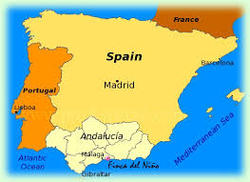 Sherry has been around for centuries and is considered one of the oldest wines in the world. Authentic sherry can only come from the southwest area of Spain, in Andalucía which is recognized by the DO (denomination de origin). There are three main towns here that form a triangle called the “Sherry Triangle”. It is from within this triangle of Jerez, El Puerto de Santa Maria and Sanlúcar de Barrameda that sherry is made. The grapes used for making sherry are Palomino, Muscatel and Pedro Ximenez. The soil, which is chalk and limestone based, the winds, humidity and seasonal changes in this area all contribute to giving sherry its unique characteristics. Sherry is known for its aromatic, salty and nutty profile and runs from dry to sweet, although the majority of sherry produced is dry. The color of sherry ranges from light straw to dark brown. The photo below was taken from a sherry seminar that I attended last year and represents a wide range of sherry colors. All sherry is aged for a minimum of three years and aged in old sherry casks using the Solera system. The Solera system is an aging process that uses new batches of sherry mixed with older ones in a tiered or pyramid structure. The bottom tier is the solera, the eldest sherry, which never entirely leave the system. The rows above contain the younger sherries (criadera). Once a portion of the wine is extracted from the solera, it is replaced with the same amount of wine from the first criadera and so on, creating a unique complexity and personality in the wine. Because sherry is a blend of different vintages it is impossible to give an exact age of a wine that has been aged in a solera. So it is possible that one could be drinking a sherry that might contain anywhere from 3 to 100 vintages! There are several types of sherry available. Here is a quick rundown on how they differ. Fino de Jerez is the youngest (usually 3-5 years old) and the driest of sherries. They age under a layer of flor (yeast). This layer of flor protects the wine from being oxidized and it also consumes all the sugar in the wine, creating a dry sherry. Fino only comes from Jerez and El Puerto de Santa Maria. Manzanilla is another dry sherry that is just like Fino, except that Manzanilla comes only from the coastal town of Sanlúcar. Both Fino and Manzanilla have more wine salinity than the other styles. They will complement fish and shellfish. Amontillado is an aged Fino or Manzanilla. Once the layer of flor fades the wine begins to oxidize and takes on a new character. It can be fortified up to 18%. The color is darker and it is less briny, but nuttier and richer on the palate. These wines pair well with white meat and game. Palo Cortado is an interesting sherry that begins as a Fino or Manzanilla but for no known reason it unexpectedly loses its layer of flor too soon. Once the flor dies, the wine takes on oxygen and requires further fortification. In other words, it does “its own thing”. This wine has richness but is crisp as well. Oloroso (‘scented’ in Spanish) intentionally never develops flor. Aging through oxidation of up to 40+ years produces a full-bodied, aromatic, dark and rich wine. Oloroso contains the most amount of alcohol in a sherry with levels of 18% to 20%. This is a great wine for hearty entrees, meats and stews. Pedro Ximenez (PX) is an intensely sweet wine and the sweetest of the sherries. The grapes are dried in the sun allowing the juices to concentrate prior to pressing. This is a rich wine that oozes raisins, nuts and fig. Cream Sherry is usually a blend of Oloroso, PX or Moscatel but can come in a variety of styles. This is a semi-sweet wine that is aromatic, dark in color with classic notes of nuts and caramel. Here are just a few of the sherries that I tasted the other day. When it comes to pairing sherry with food, there is a saying of which I have no idea of its origin: If it swims… drink with Fino or Manzanilla) If it flies… drink with Amontillado If it walks… drink with Oloroso Sherry is versatile and there is a style for everyone. Pair it with food, drink it as you would a favorite whiskey or explore mixing it in a cocktail. Sherry is making a strong comeback and I think it’s about time! Cheers! Penina To leave a comment or if you have an inquiry, please contact me at [email protected]
Last week I was transported to Madeira Island for a few hours where I participated in a Madeira wine seminar and walk around tasting. It was an informative and detailed seminar covering history, the region, grape varieties, vinification and aging process. In addition, my palate was treated to some very noteworthy Madeira wine ranging in style and age. Madeira is a Portuguese archipelago located in the North Atlantic Ocean, southwest of Portugal and off the northwest coast of Africa. It is known for its fortified wine called Madeira bearing the island’s name. These wines are aged under heat and noted for their high levels of acidity. Forty-seven percent of the island is forests and mountains. There are 500 hectares of vineyards on the island with eight producers and 2000 growers! Six of the producers export to other countries. The average vineyard size is about one acre, with the largest being thirty acres and the smallest only three vines! Due to its mountainous topography, vineyards are terraced and supported by stonewalls. Some of the terraces begin at sea level and climb up to the edge of the mountain, not unlike the vineyards of Pantelleria Island that I recently visited in Sicily. Grapes are harvested by hand due to the steep slopes. The soil of Madeira is of volcanic origin and rich in acidity. The soil combined with the sea, hot, humid summers and mild winters add to the uniqueness of the wine. The history of Madeira wine is long and one could write a book about it. An interesting note, John Adams, Benjamin Franklin and Thomas Jefferson, in addition to several U.S. presidents such as George Washington, were connoisseurs of Madeira wine. In fact, Madeira wine was served to celebrate the Declaration of Independence, 1776! Madeira wine has existed for more than five centuries, but I am going to give you a very condensed version starting in the 17th century with exportation of the wine. Transportation of Madeira wine to various regions including the U.S. was made in the hold of ships. Because the holds reached very high temperatures when passing through the tropics, it was discovered that when some of the wines returned to Europe, they had greatly enhanced in quality and complexity due to the hastened aging process from the heat! Once this was discovered, barrels of Madeira wine were purposely sent to the Indies to quicken the aging process and valorize the wine. This “round trip wine” became the famous “Vinho da Roda”. Madeira wine producers in the mid 18th century were motivated by the positive effects made by the Round Trip Wine and invested in a technique called “estufagem” that produced the same effect by using direct heat, circulation of hot air or water steam that circulates in copper inside the wine. The Estufagem method is used today along with the Canteiro process that is used for the more expensive wines made from the noble grapes as well as the Terrantez grapes. With the Canteiro process, wines are aged in ancient barrels on top floors of warehouses where they rest on wooden support beams. The slow warming of the wine and influence of the wood give the wine its unique character and flavor. These wines can age for more than 100 years and still maintain their uniqueness. In fact, once a bottle of Madeira is opened, it will keep for years to come without losing flavor. Most wines will oxidize once opened, but Madeira wine endures and will still taste fresh for a very long time! I’ve heard stories of Madeira wine that were recently opened and some date back to the 1700s. The wines were quite vibrant! Here is a run down of the grape varieties on the island. The first four varieties listed are the noble grapes. Sercial grapes produce a dry, crisp wine. Verdelho is another white variety that produces medium dry wines that tend to be tropical. Boal is medium sweet, more complex and quite aromatic. Malvasia (Malmsey) produces sweet, full-bodied wines with honey and spice and is the richest and sweetest style of Madeira. Tinta Negra is used in more entry-level wines but is quite versatile in producing dry to sweet wines and produces stronger tannins. The wines at the seminar ranged from a 3 year old blended sweet wine to a 50-year-old Terrantez wine. All six wines that we tasted had a common theme of raisins, figs and nuts and varied in intensity and sweetness. The Verdelho 15 Year Old, Colheita Malmsey 1999, Verdelho 1973 and Terrantez 50 Year Old offered more layers of dried fruit, spice and richness. All the wines were quite amazing. After the seminar, we did a walk around tasting with six producers. I will talk about these producers in future posts, as each one has a unique story. When shopping for Madeira wine, pay attention to the label. It will give you origin, grape varieties, dated vintage (if it exists) alcohol and sugar content.
Every bottle of Madeira wine is marked with a “sweetness” level on the wine label ranging from Dry, Medium Dry, And Medium Sweet to Sweet. Alcohol content ranges between 17% and 22% Madeira wines, depending on the sweetness, complement a wide variety of food from cheese and fruit to desserts. There are truly no words to describe the aromatic bouquet and intoxicating mouthfeel that Madeira delivers. Madeira wine needs to be experienced. Go forth and find! Cheers! Penina |
Categories
All
|

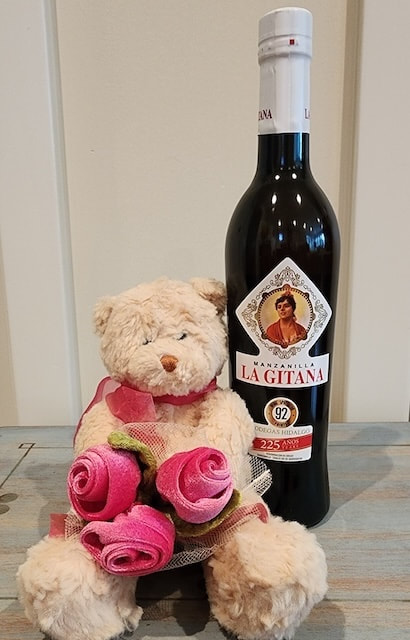
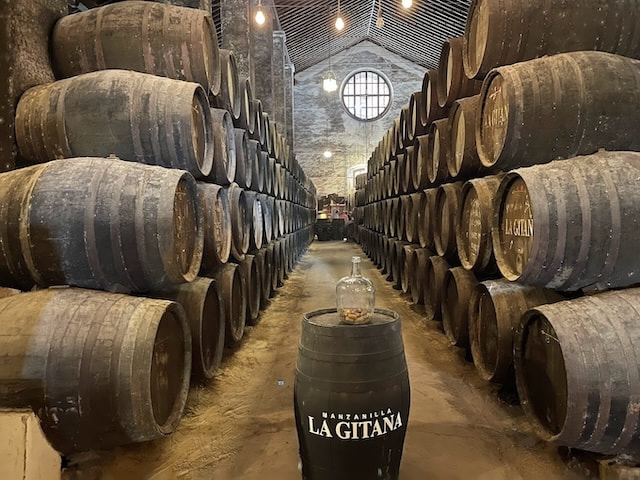
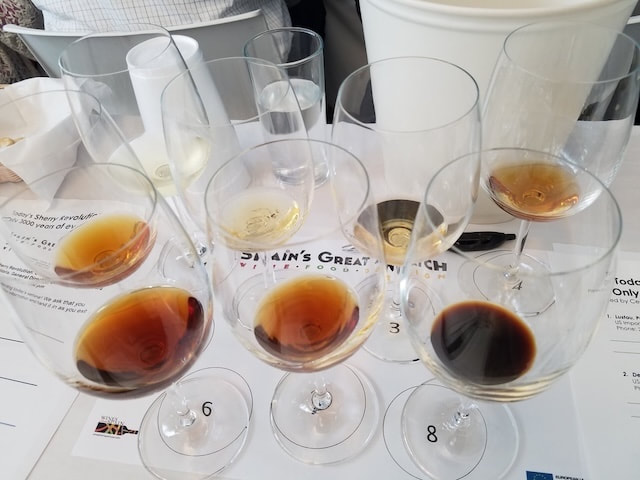
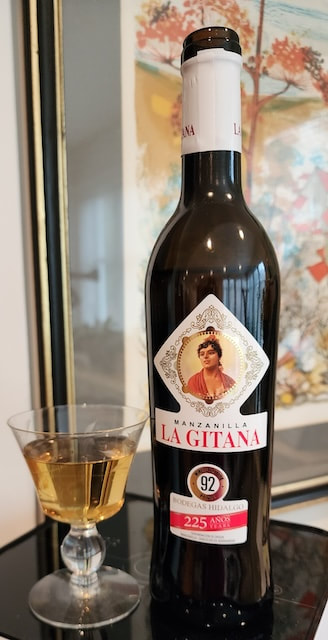
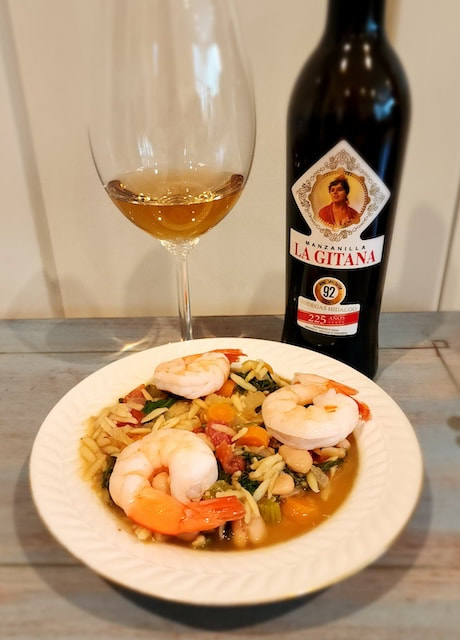
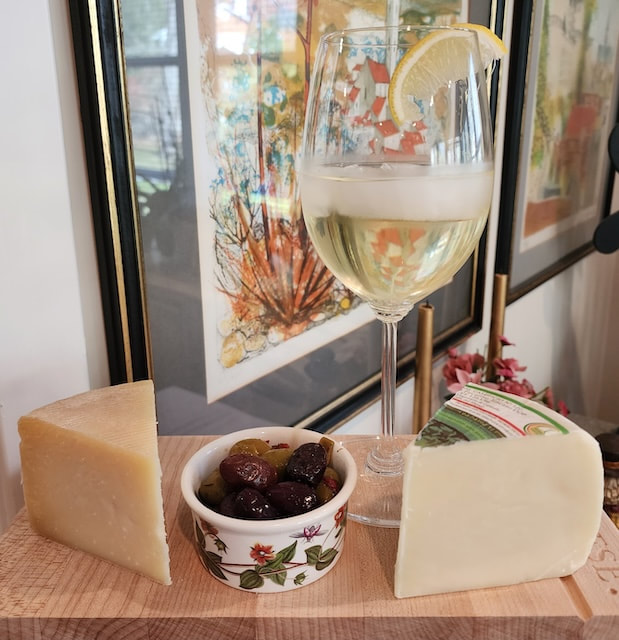
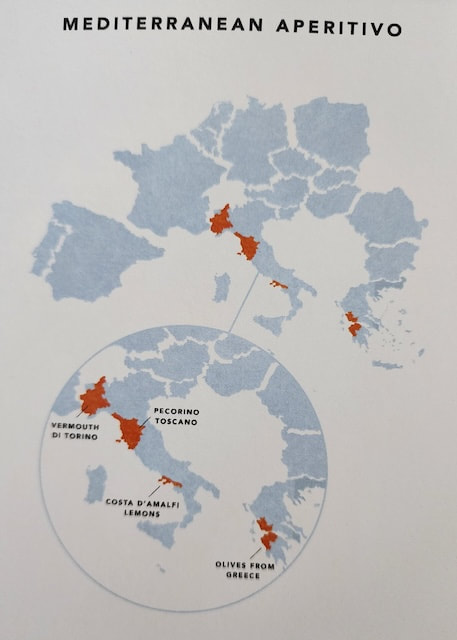
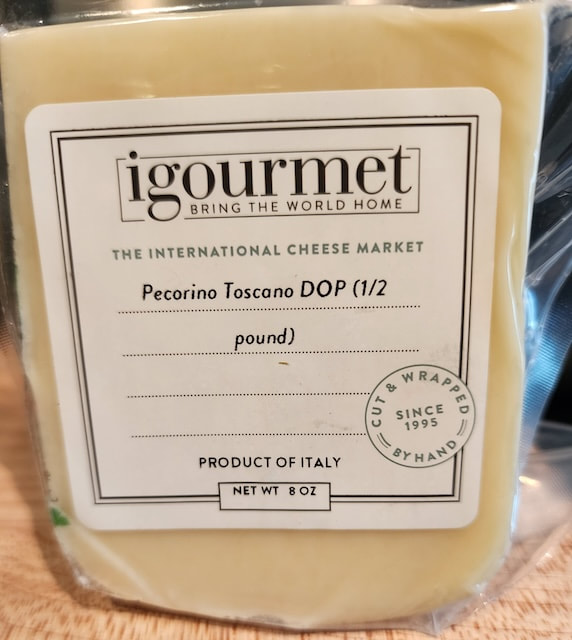
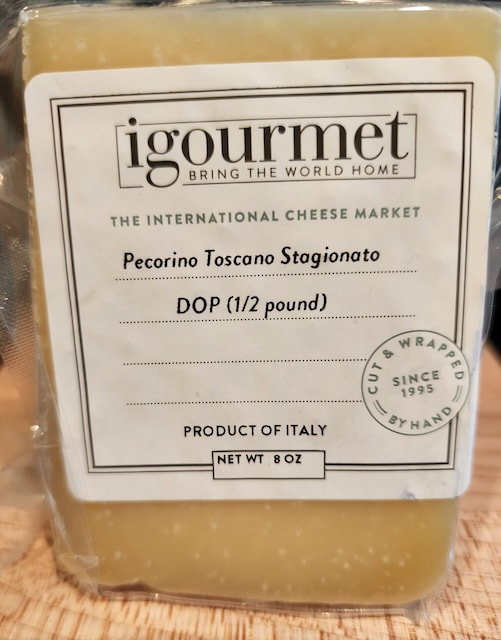
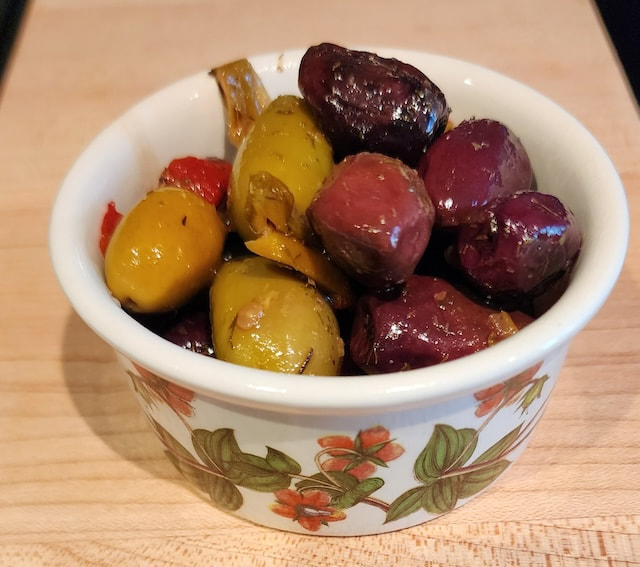
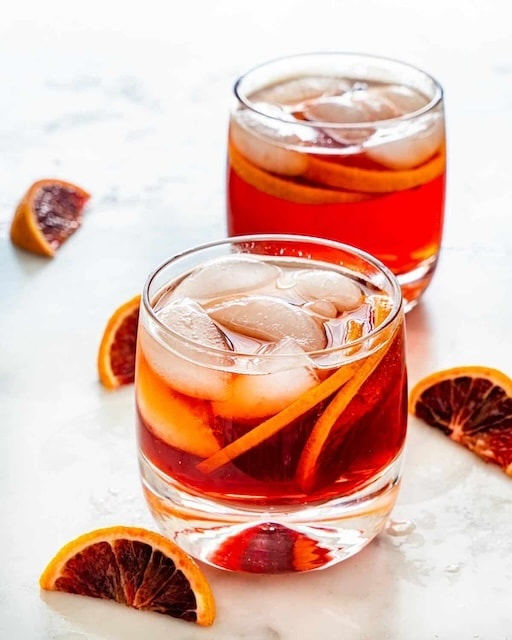
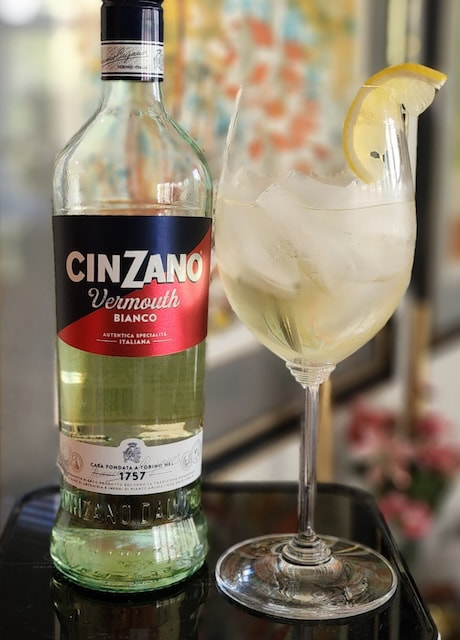
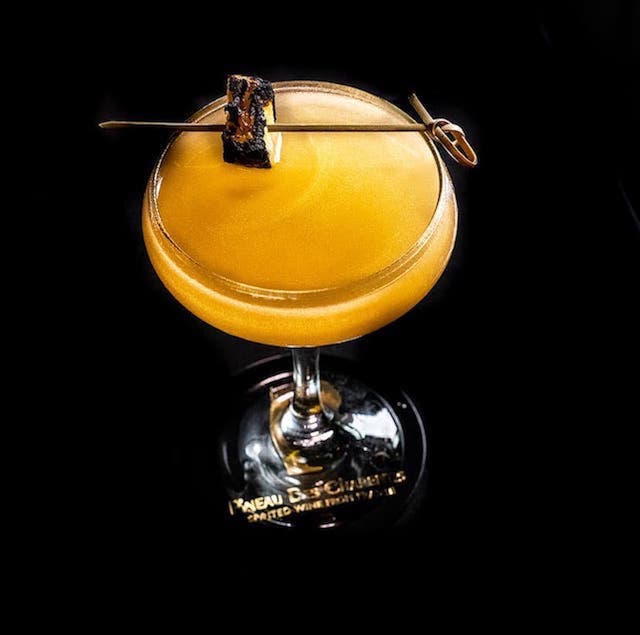
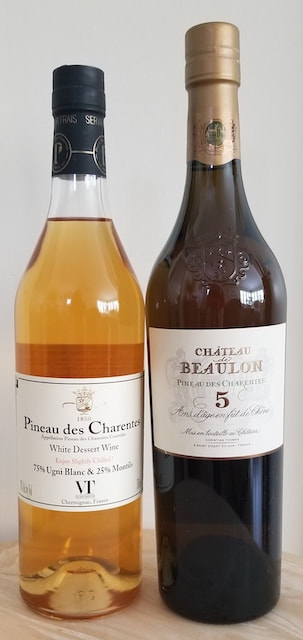
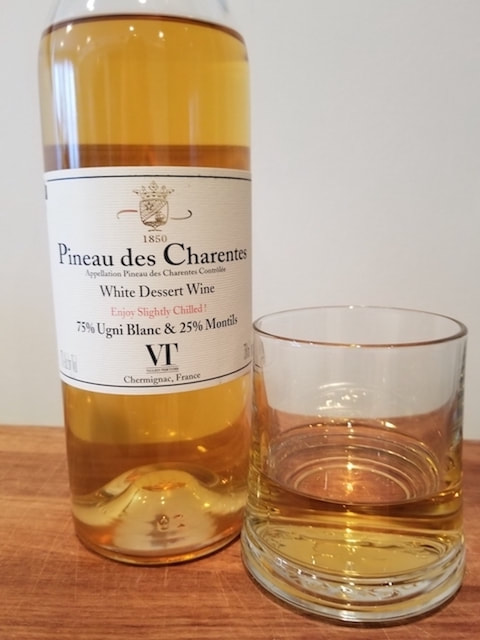
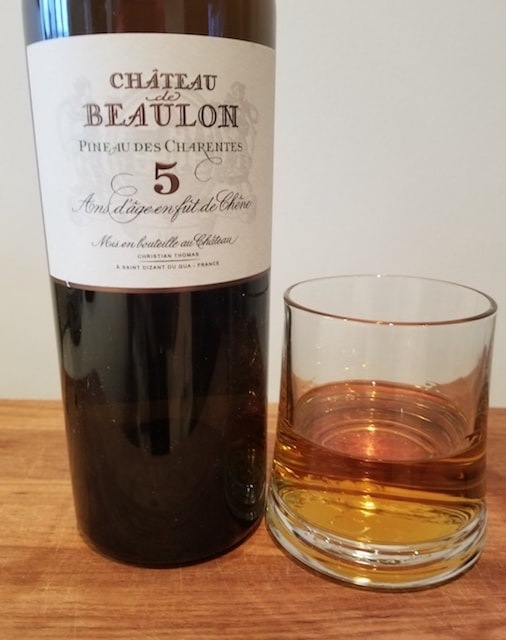

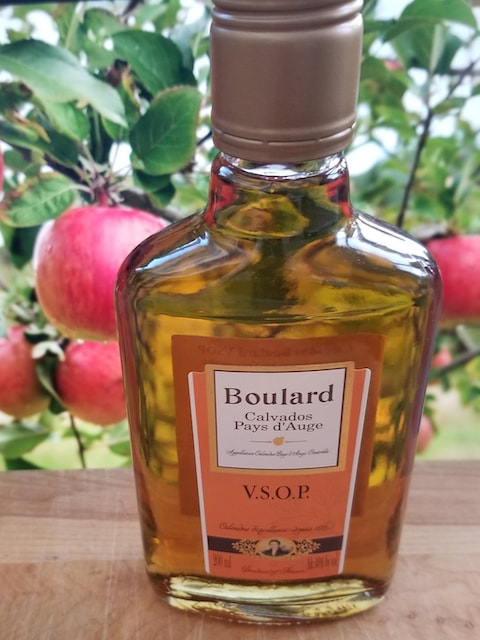
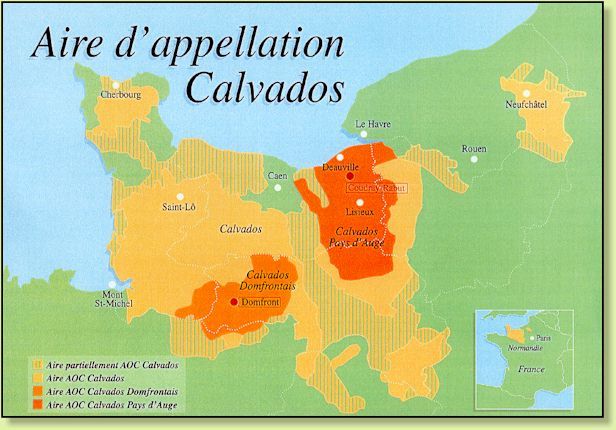
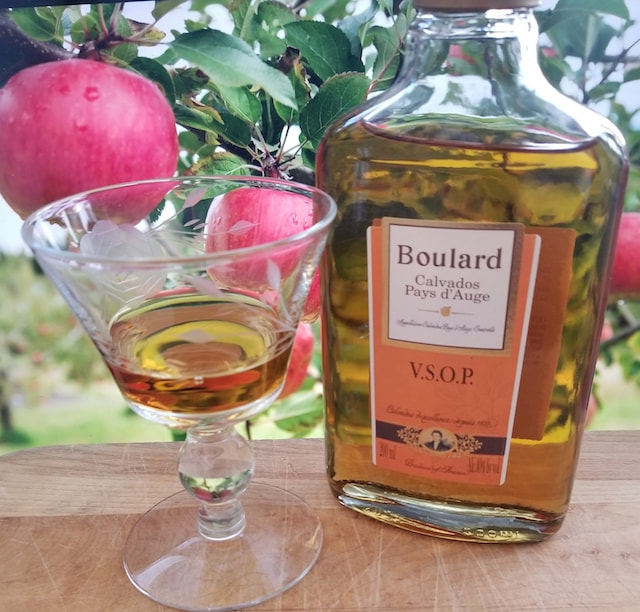
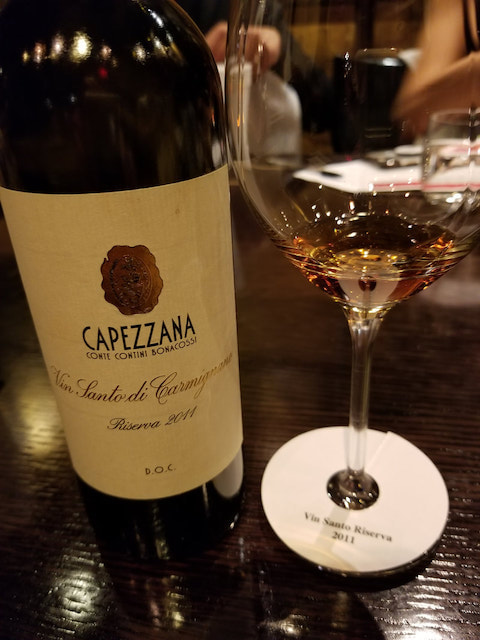
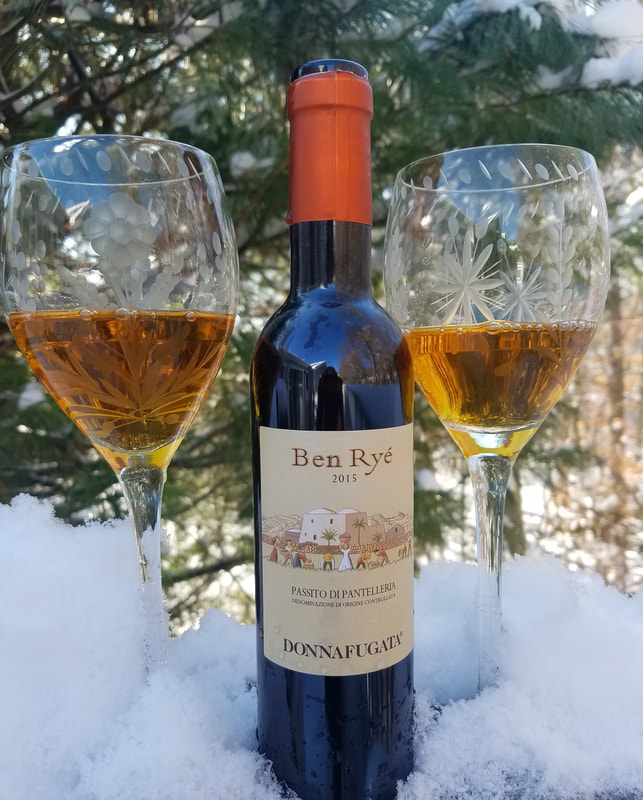
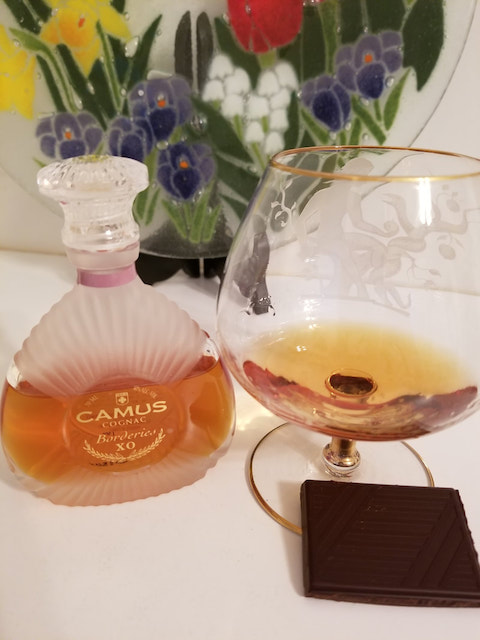
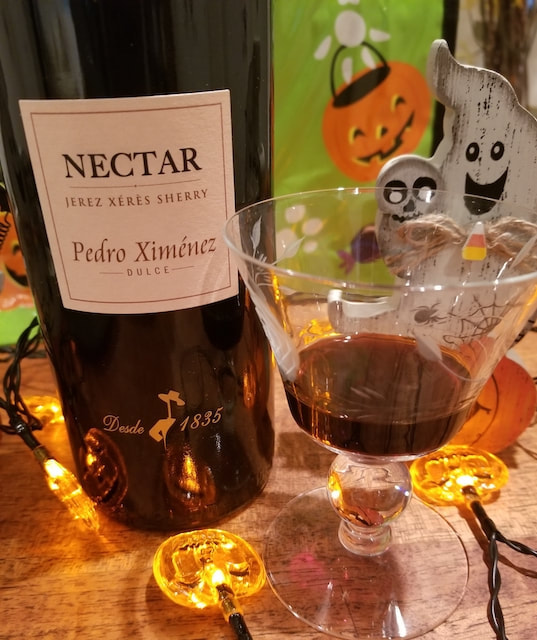
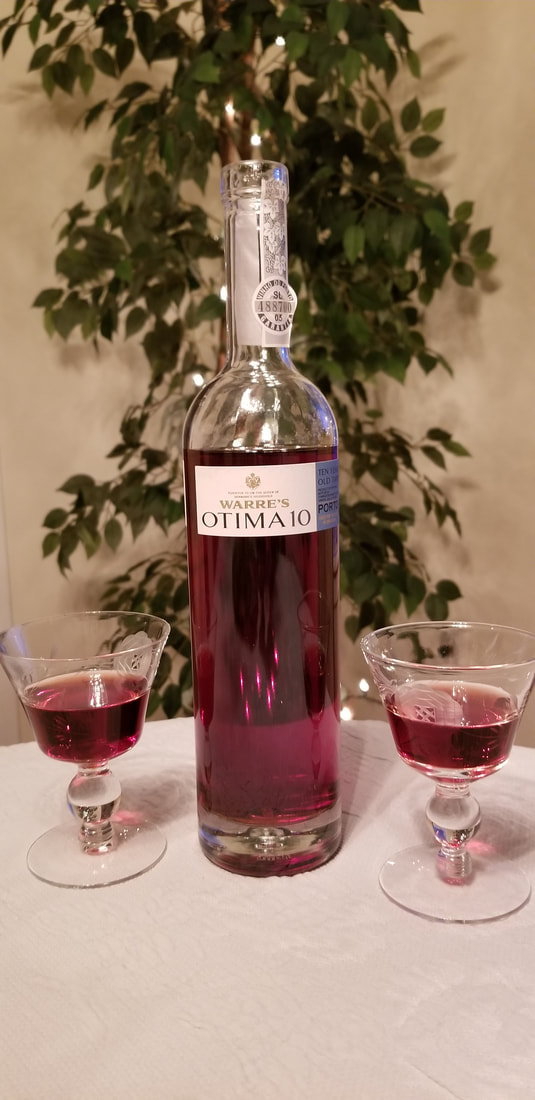
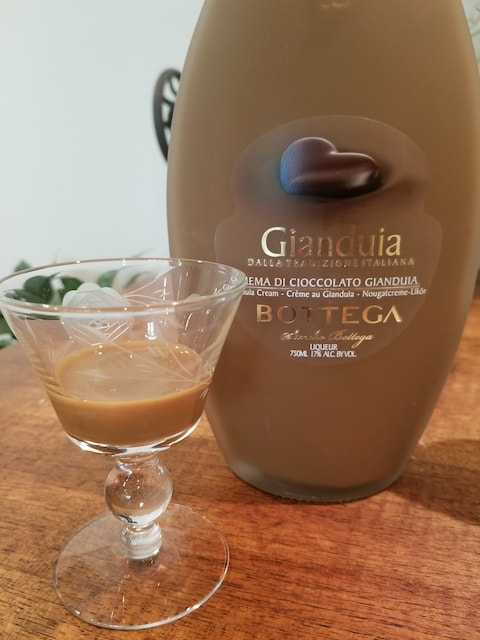
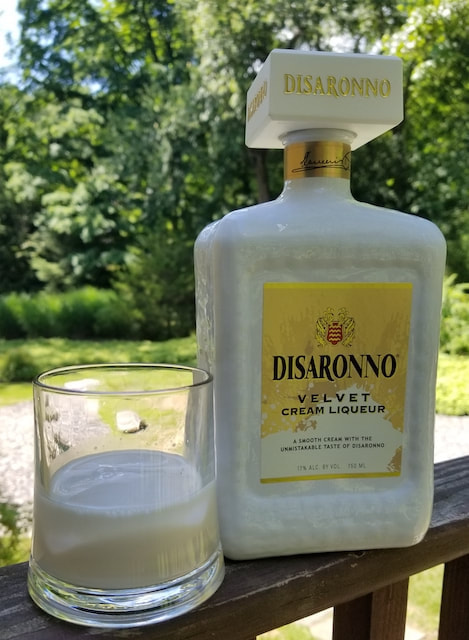

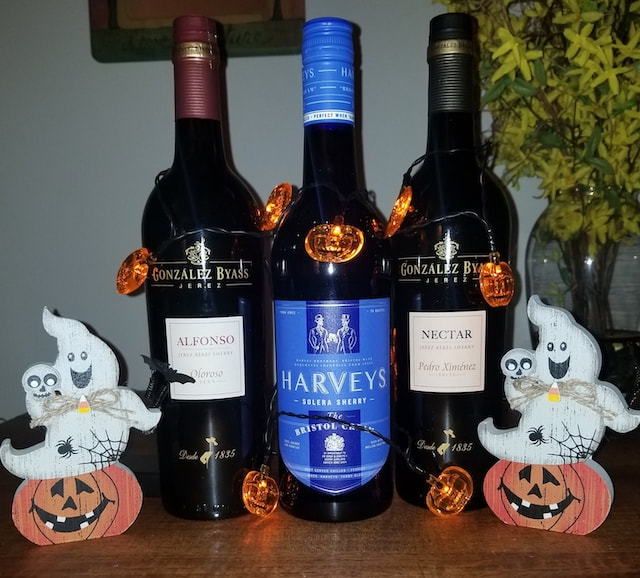
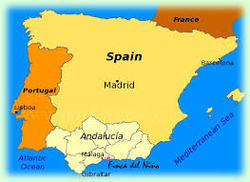
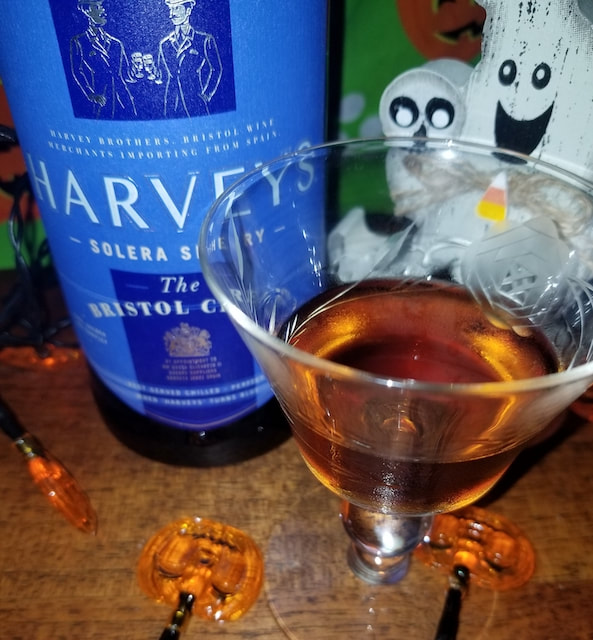
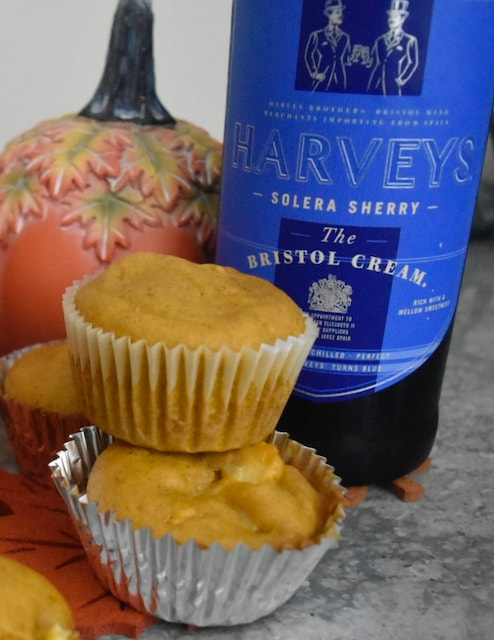
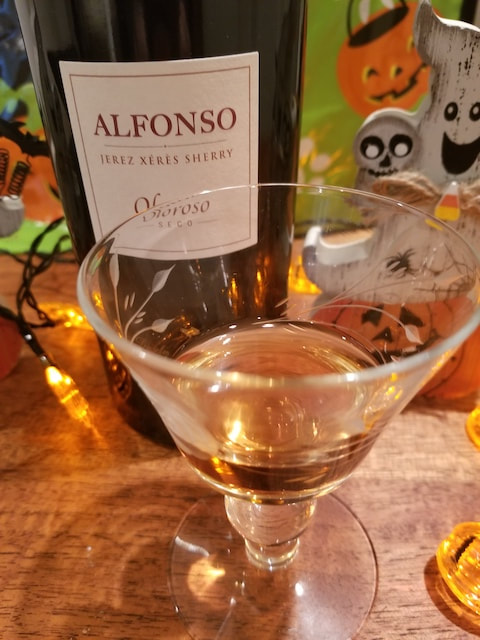
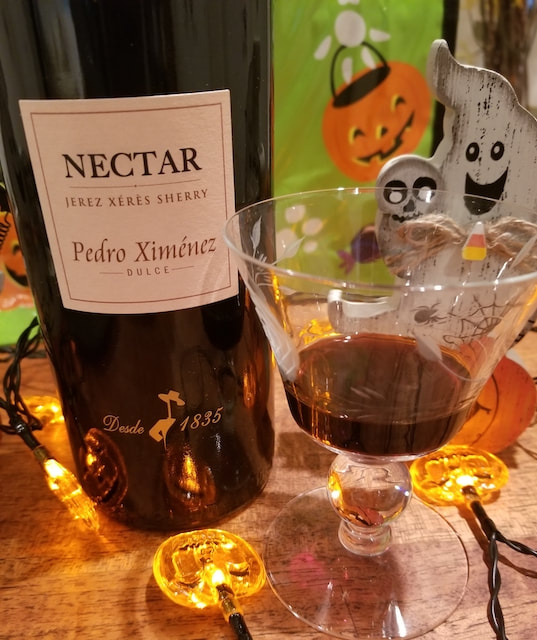
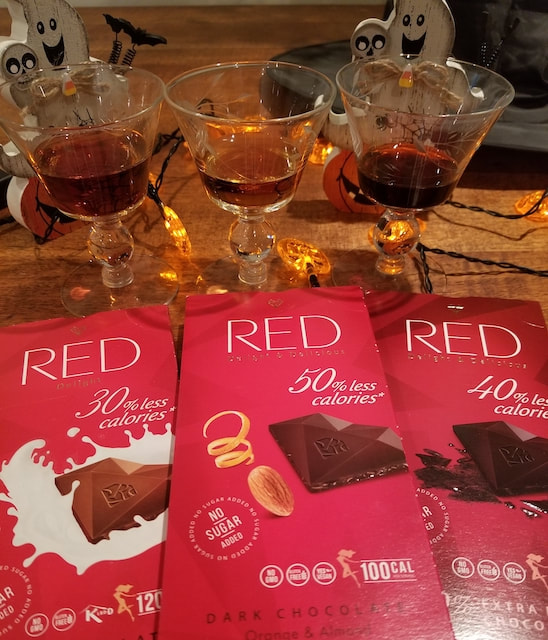
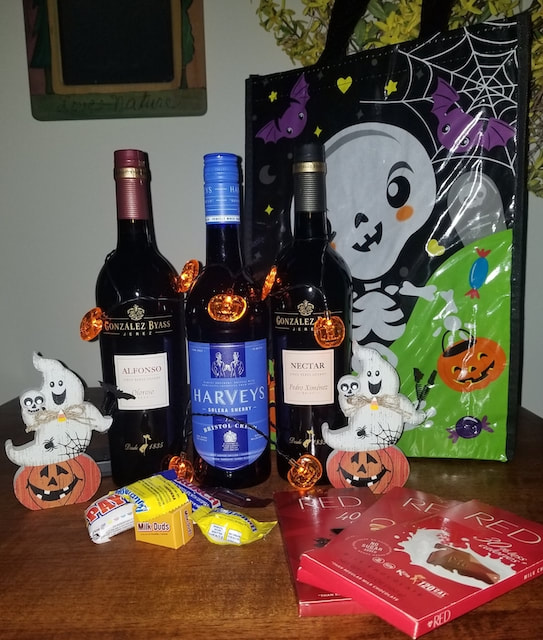

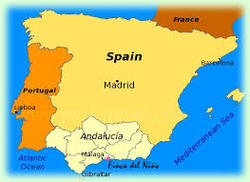
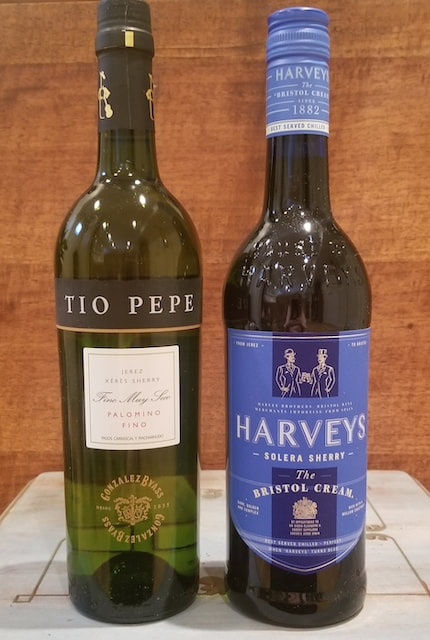
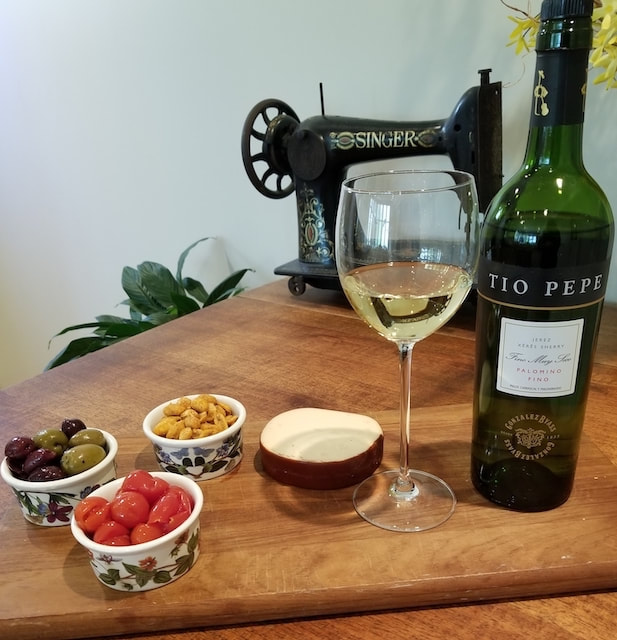
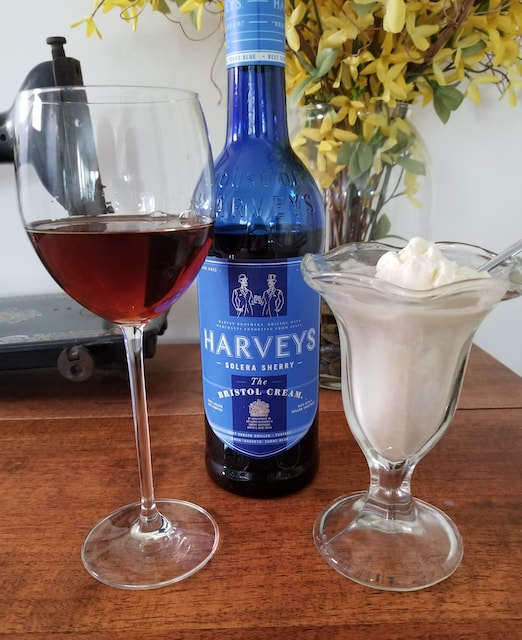
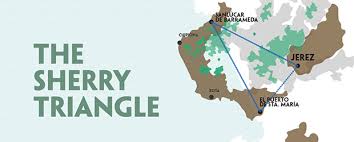
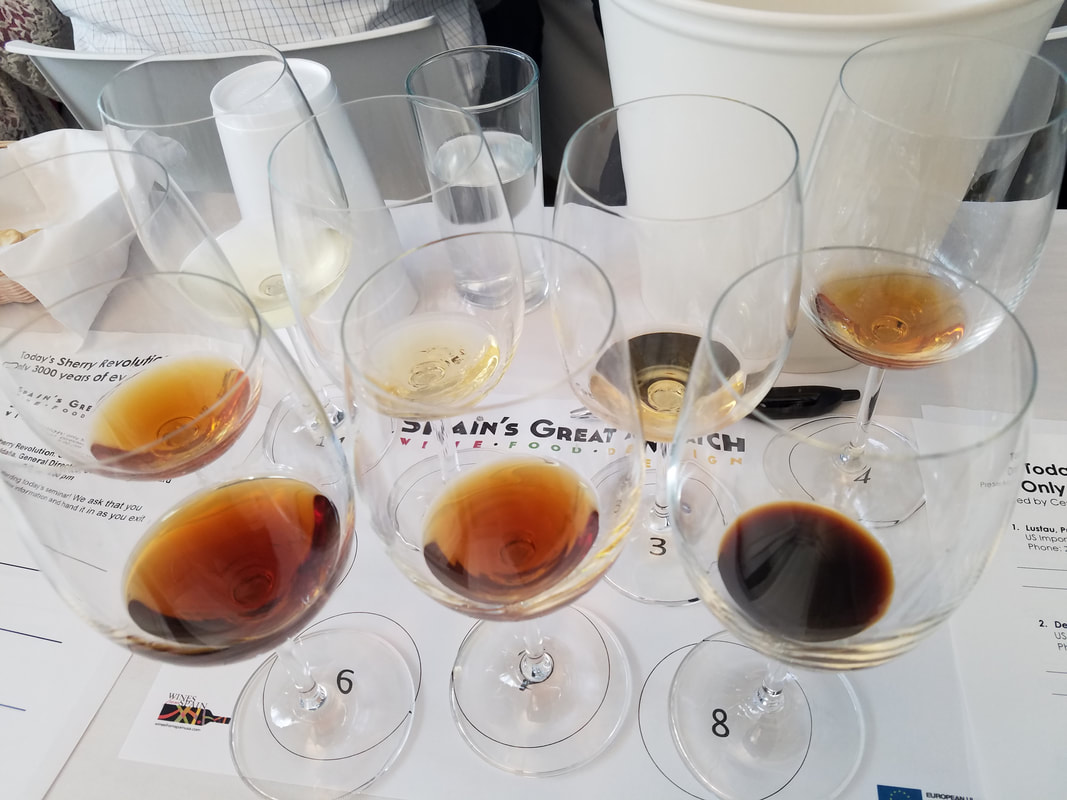
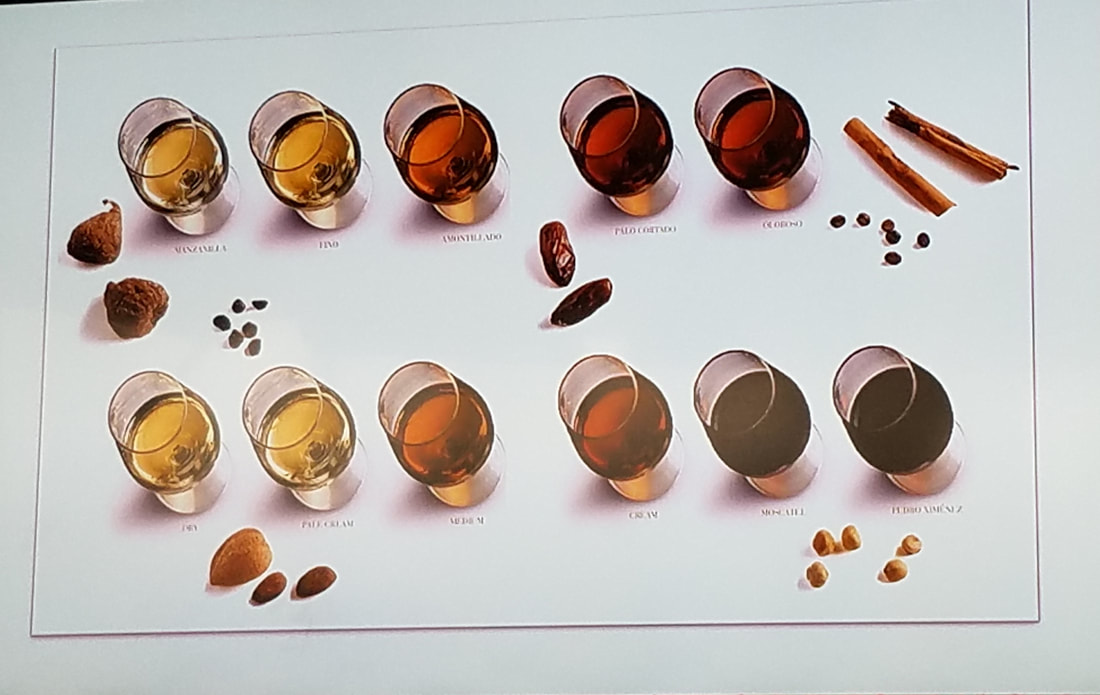
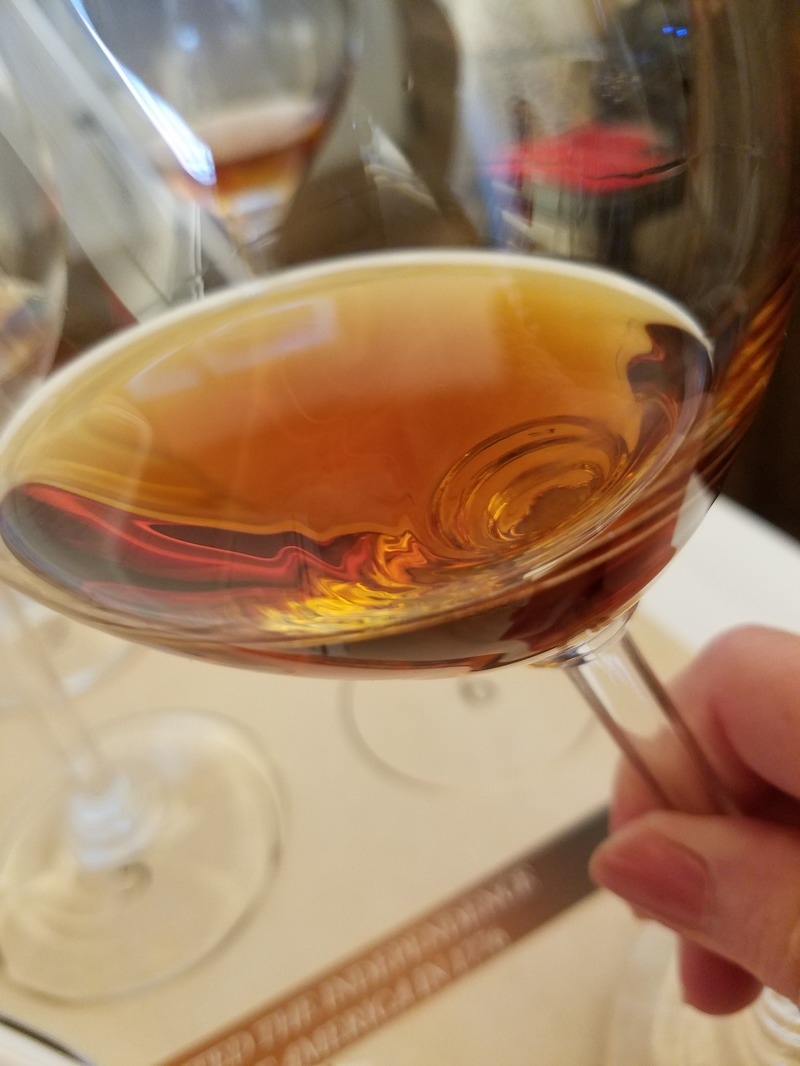
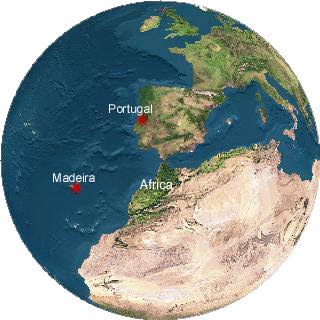
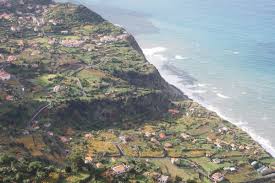

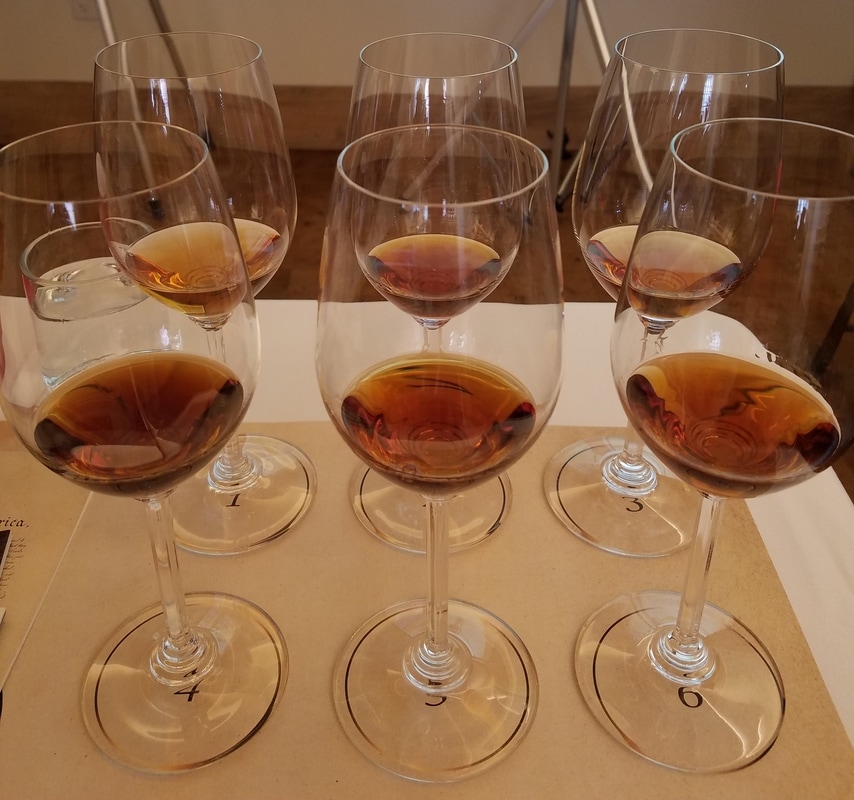
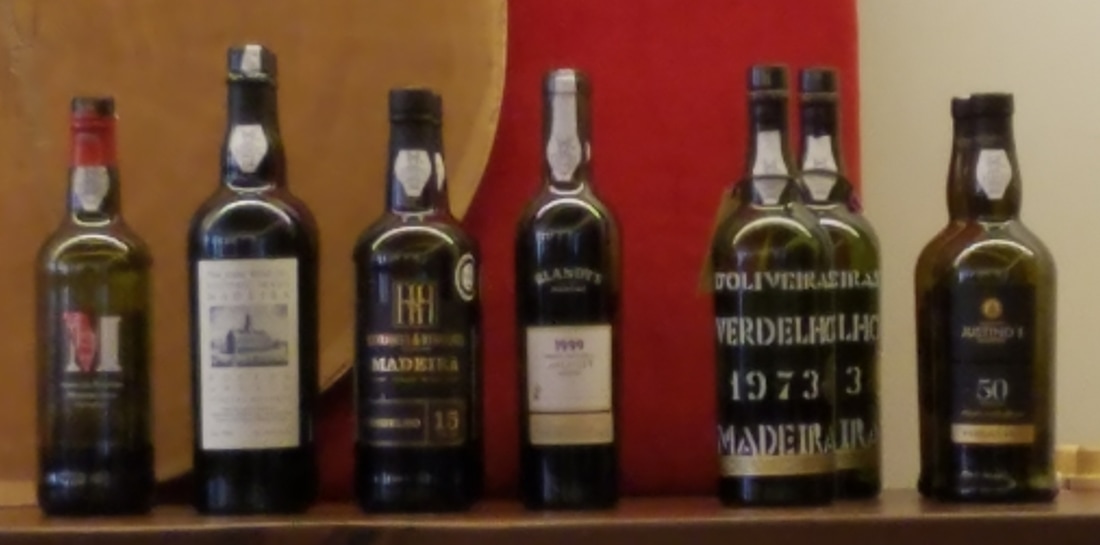
 RSS Feed
RSS Feed